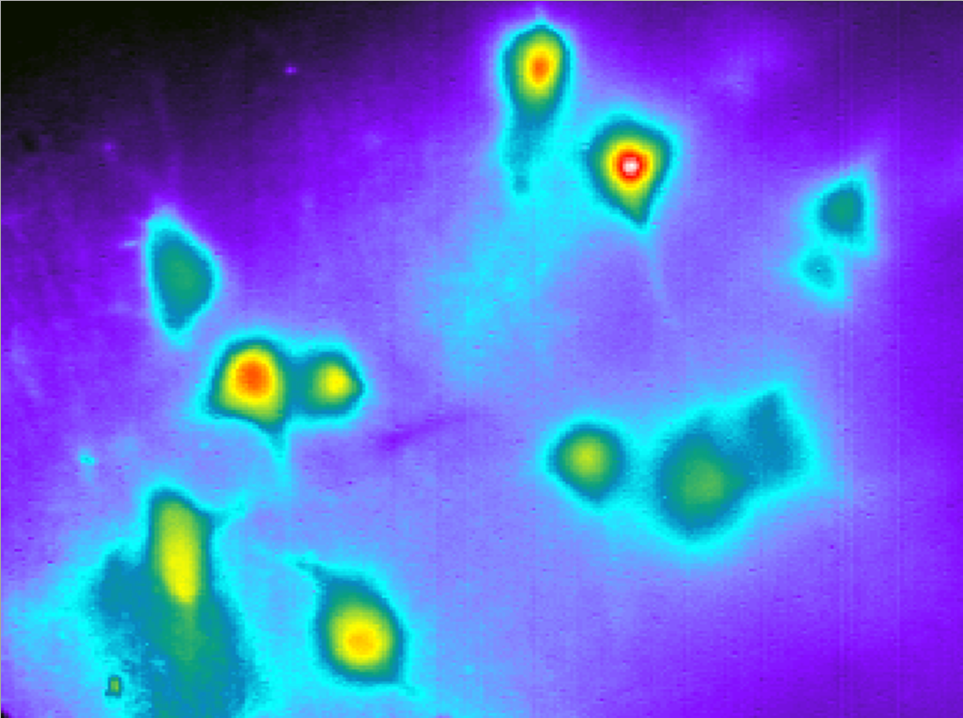The team currently pursues three lines of research:

(1) How Do Brainstem Descending Systems Reconfigure Spinal Motor Networks to Adapt to Changes in Sensorimotor Processing?
This project seeks to elucidate how fast and slow acting brainstem descending systems (reticulospinal, vestibulospinal and raphespinal) modulates sensory processing by spinal neurons in different contextual demands. Our goal is to identify descending control principles that can provide effective motor control in real environments.
A better understanding of these control principles is crucial for the design of rational motor rehabilitation strategies after brain or spinal cord injury.
(2) Cellular and Circuit Mechanisms of Motor Dysfunctions during Neurodevelopmental Disorders
This project seeks to identify brainstem descending motor systems whose long-range functional connectivity may be altered early in Autism, providing novel cellular and circuit mechanisms for motor deficits associated with this disorder. The work will support a better recognition of the motor symptomatology that may be used as early indicators in neurodevelopmental disorders.
(3) Structure and Plasticity of Spinal Sympatho-Motor Circuits
Interneurons in the spinal cord are a major source of input to sympathetic preganglionic neurons, the “other” output neurons of the CNS. Some of these interneurons integrate both sensory inputs from the periphery and descending inputs from the brainstem. We seek to identify these interneurons and determine the extent they support sympathomotor coordination.
Techniques:
Calcium Imaging, Optogenetic, Electrophysiology, Laser Scanning Photostimulation, 3D Reconstruction of Single Neuron Morphology, Virus-based Circuit Tracing.